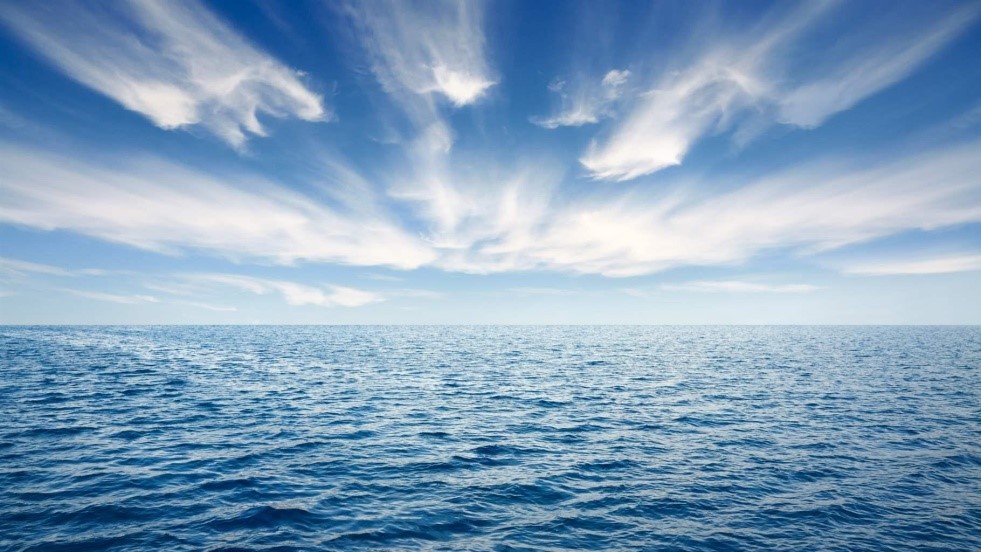Description

Disclaimer: Copyright infringement not intended.
Context
- Hailed as a historic achievement, It is a legally binding marine biodiversity agreement.
- Its official name is Biodiversity Beyond National Jurisdiction treaty.
- It was agreed after 15 years of deliberations, discussions and negotiations.
- Adoption of the treaty marks the first and right step in the direction of protecting remote marine ecosystems which are vital to humanity.
Other Details
- For environment protection, this will help in creating a legal framework to regulate international waters.
- International waters represent more than 50% of world’s ocean.
- This treaty will help in preventing a cascading of species extinctions.
- To monitor and enforce treaty’s compliance, there is a provision to set up a Conference of Parties.

Need for protection of oceans
- Only 1 % of high sea is legally protected.
- Ocean acidification is accentuated
- International cooperation was required as high seas are outside nation’s territorial jurisdiction.
- There is an imminent threat of extinction of marine species like Sharks, Rays, whales, abalone species etc. due to their exploitation for seafood and drugs.
- The unchecked activities like increased shipping, mining in high seas can have the potential to disturb sediments, to increase noise pollution
- It poses a threat of destruction of breeding grounds of marine animals.
What will be done?
- From coastal areas now the focus would be on to protect marine life in high seas too.
- There is a provision to create protected marine regions, proposed and voted by signatory countries, in high sea.
- For any proposed activities in international waters, environmental impact studies need to be carried out to make them consistent with the conservation objectives.
- Such activities could be –
- Fishing
- Maritime transport
- Deep-sea mining
- Geo-engineering programs to fighting global warming
- It also establishes principles for sharing the collected scientific research benefits of "marine genetic resources" (MGR) to fund deficient Developing countries.
Benefits of treaty
- It would have positive implication for overall well-being and survival of humans and healthy marine ecosystems.
- Also by limiting explorations, high sea fishing, deep-sea mining, it will improve the health of Oceans.
- Oceans can produce oxygen consistently and also will absorb CO2 thus limiting climate change.
- Hence on a holistic level this treaty will contribute to protect our planet by protecting 30% of the world's oceans by 2030.
Concerns
- There could be a huge market for discovered marine genetic resources (MGR).
- It may lead to more commercialization of MGR, and a rate race to exploit resources may begin which will threaten the survival of marine ecosystems.
- Also the searches for miracle molecules by various pharmaceutical and cosmetic companies may accentuate.
- To enforce this treaty, ratifications of at least 60 countries are needed. However to make is a universally adopted treaty a lot more ratifications are required which seem a distant dream.
|
High Seas
- These are the international waters, about 60% of the total oceans in the world.
- It is Ocean waters beyond E Exclusive economic zones, regions in sea extending 200 nautical miles (370km) from a nations’ coast.
- Any country can fish, ship and do research without any restrictions.
|
Must read Article:
https://www.iasgyan.in/daily-current-affairs/un-high-seas-treaty
https://www.iasgyan.in/blogs/important-treaties-conventions-and-protocols
|
PRACTICE QUESTION
It is high time we shift out focus from coastal water to protect international waters. Justify in context of recently adopted Biodiversity Beyond National Jurisdiction treaty. Also highlight concerns associated with the success of this treaty. (250 words)
|

https://timesofindia.indiatimes.com/home/environment/un-adopts-historic-high-seas-treaty/articleshow/101114466.cms?from=mdr
















